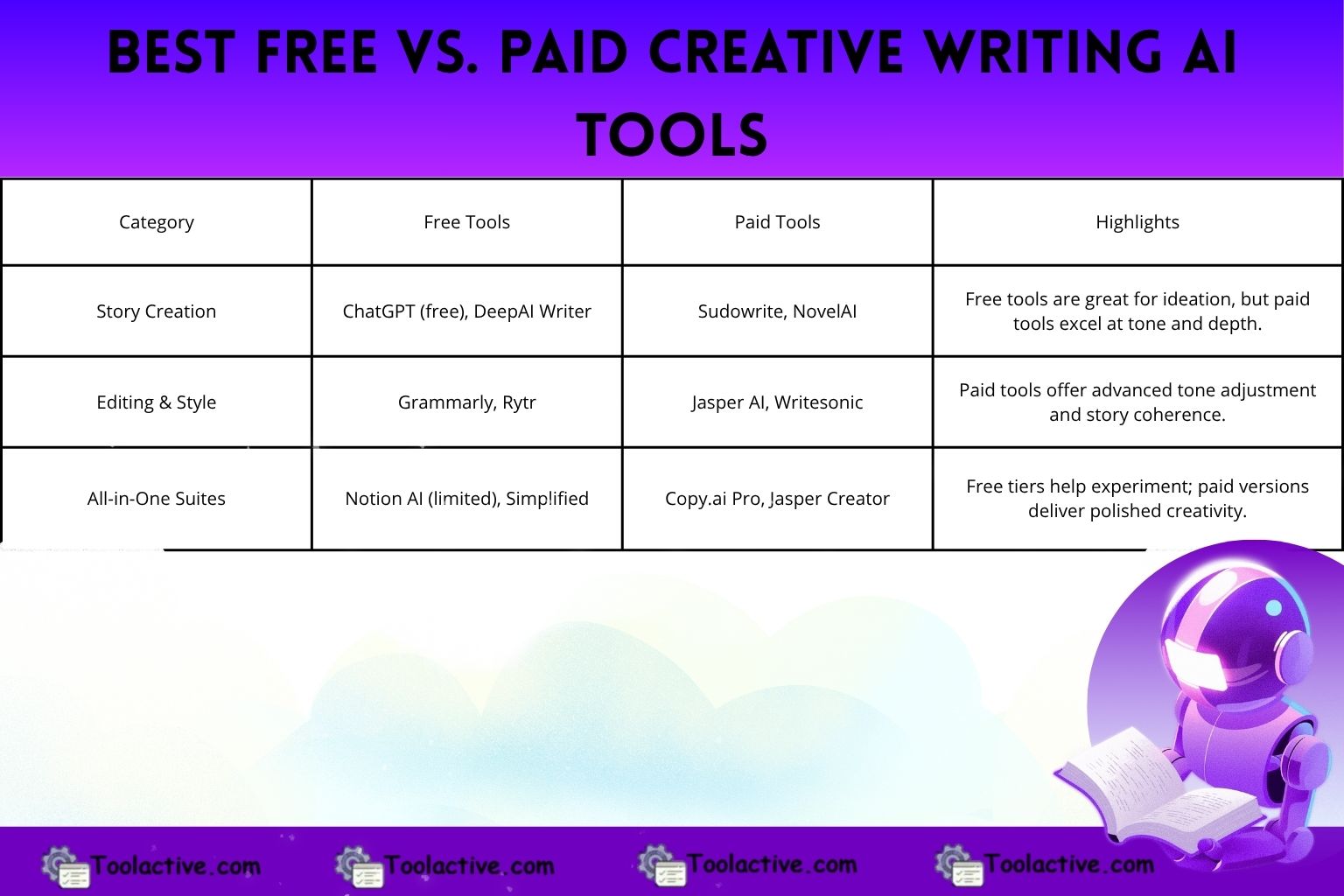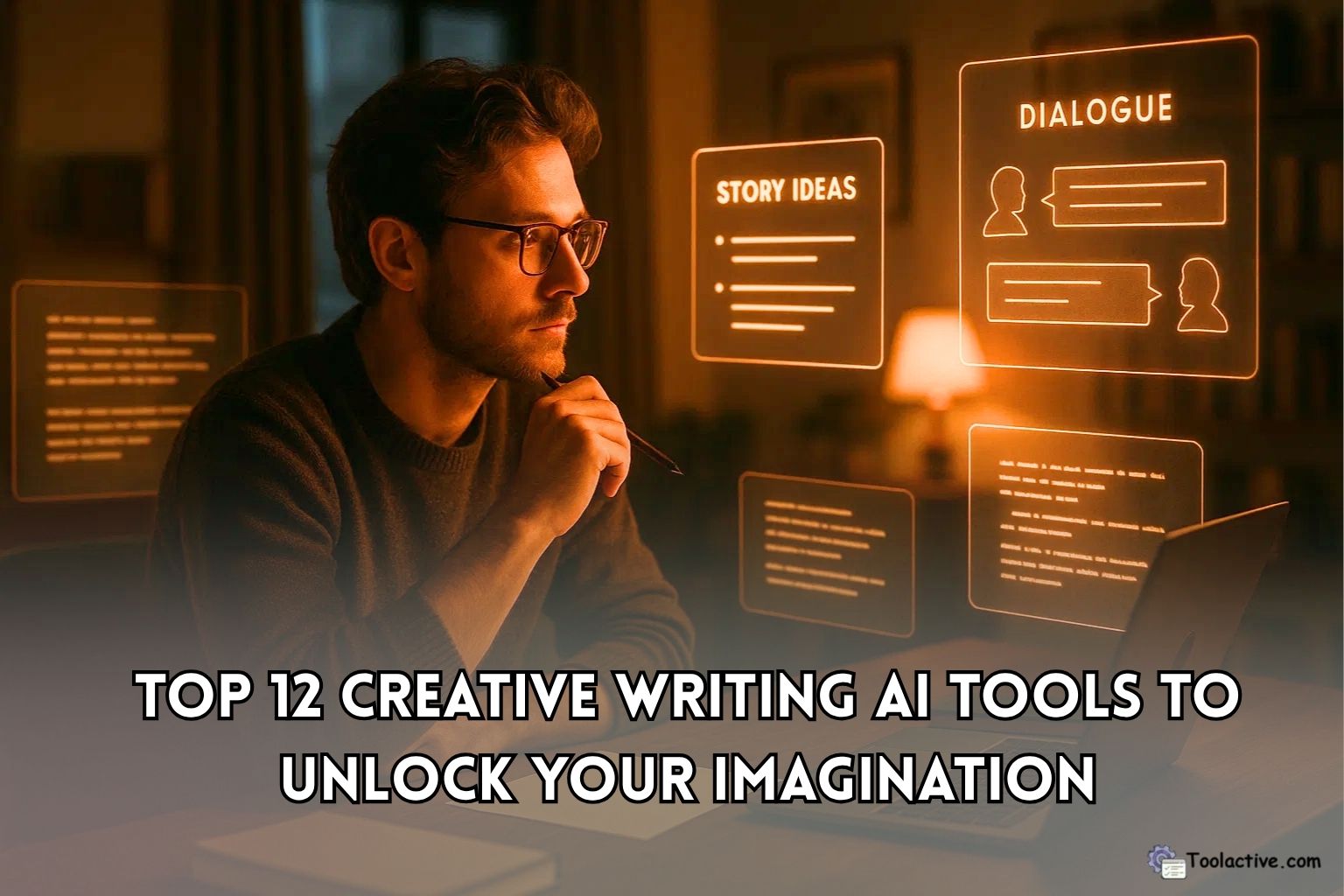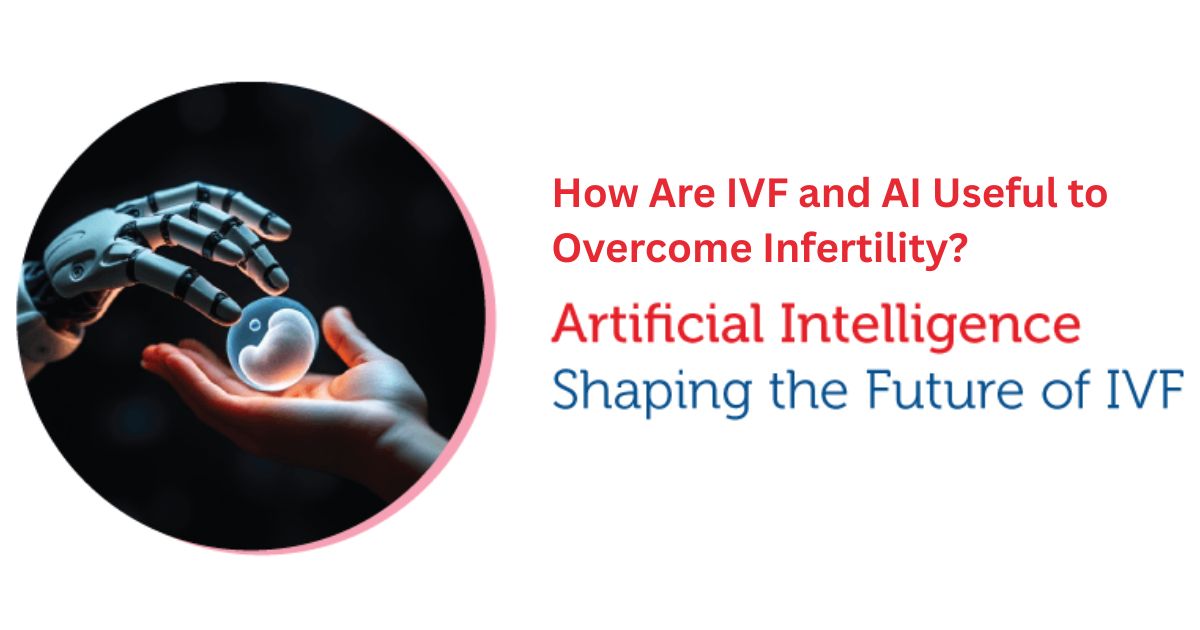Imagine having an intelligent co-writer who never runs out of ideas, helps you refine every line, and pushes your creativity beyond human limits. That’s exactly what creative writing AI tools are doing for authors, poets, and storytellers around the world. In 2025, these tools are no longer just grammar checkers - they’re muses powered by machine learning, helping creators bring stories, scripts, and worlds to life faster and smarter than ever before.
This article explores the rise of creative writing AI tools, how they’re transforming storytelling, which tools stand out, and how you can use them to master your craft - without losing your unique voice.
Before going deeper into the next section, you can refer to ai creative writing assistant to support your work.

1. What Is Creative Writing AI?
Creative writing AI refers to artificial intelligence systems designed to assist writers in developing original, engaging, and imaginative content. Unlike standard writing software that focuses on structure or grammar, creative writing AI tools understand tone, narrative arcs, and emotional depth.
These tools use machine learning models trained on literature, screenplays, and online stories to help writers brainstorm plots, create characters, and even mimic specific writing styles. The result isn’t a robotic paragraph - it’s a creative collaboration between human imagination and digital intelligence.
By combining linguistic precision with storytelling intuition, creative writing AI is changing how authors approach creativity itself.
2. Why Creative Writing AI Tools Matter for Modern Writers
Writing has always been a blend of inspiration and discipline. But even the most talented authors hit creative roadblocks - that dreaded blank page, the middle-chapter slump, or the struggle to find the right tone.
Here’s where creative writing AI tools step in. They help writers:
-
Defeat writer’s block: Generate plot twists, character motivations, or poetic lines instantly.
-
Save time: Focus more on refinement and emotional depth, less on mechanical writing.
-
Expand creativity: Suggest unexpected directions that spark new narrative possibilities.
-
Personalize writing: Tailor voice and pacing to match your creative vision.
For professional writers, content creators, and even hobbyists, these AI-powered systems are not replacing imagination - they’re amplifying it.
3. Categories of Creative Writing AI Tools
AI writing tools have evolved into specialized categories that serve different parts of the writing process:
Story & Plot Generators
Perfect for novelists and screenwriters, these tools create structured storylines, develop characters, and suggest narrative arcs. Tools like Plottr AI and NovelAI can help you visualize entire story worlds with ease.
Prose & Dialogue Assistants
AI tools such as Sudowrite and Jasper AI are designed to enhance tone, emotion, and realism in dialogue. They suggest phrasing that sounds natural and help you find the right rhythm for storytelling.
Genre-Specific Writing Tools
Some AI systems specialize in particular genres - from poetry to sci-fi to romance. For example, ChatGPT (creative mode) or DeepStory helps craft screenplays and genre fiction with adaptive narrative voices.
Hybrid Creative Suites
Modern writers often want all-in-one tools. Platforms like Notion AI or Writesonic combine brainstorming, drafting, and editing features for complete creative workflows.
Each category of creative writing AI tools caters to unique creative goals - the secret lies in choosing the one that aligns with your storytelling process.
If you want to explore more automation support tools, you can see the list of ai creative writer.
4. Top Creative Writing AI Tools in 2025
Let’s explore some of the best-performing tools that every creative writer should know:
4.1. Sudowrite
Built specifically for fiction writers, Sudowrite helps you brainstorm characters, expand scenes, and rewrite passages with poetic flair.
Best for: Novelists and storytellers seeking emotional richness.
4.2. Jasper AI (Creator Mode)
One of the most popular creative writing AI tools, Jasper now includes creative templates that generate short stories, dialogues, and persuasive content.
Best for: Writers who need versatility across blogs, fiction, and brand storytelling.
4.3. NovelAI
A favorite among fantasy and sci-fi writers, NovelAI allows you to create detailed story arcs and adaptive narratives with consistent tone and style.
Best for: Fiction authors who want AI-assisted world-building.
4.4. Writesonic
Combining creativity with structure, Writesonic’s Story Generator helps you turn ideas into polished pieces while maintaining originality.
Best for: Writers who balance storytelling and productivity.
4.5. DeepStory
This innovative AI platform focuses on cinematic writing - scripts, screenplays, and episodic storytelling.
Best for: Screenwriters and creative teams.

5. How to Choose the Right Creative Writing AI Tool
Selecting the best AI companion for your writing depends on your needs. Consider these factors:
-
Purpose: Are you writing fiction, poetry, or blog-style content?
-
Creative control: Does the AI allow freedom to edit, tweak, and guide tone?
-
Ease of use: Can you integrate it with your existing tools (Google Docs, Notion, Scrivener)?
-
Pricing: Many creative writing AI tools offer free versions, but premium plans often include richer features.
Expert Tip: At ToolActive, we advise writers to test multiple tools and focus on narrative quality - not just speed. AI should enhance your voice, not replace it.
6. Best Free vs. Paid Creative Writing AI Tools
To help you make a smart decision, here’s a quick comparison:

Conclusion: Free tools are perfect for exploring ideas and short stories, while paid creative writing AI tools provide structure, tone control, and long-form storytelling excellence.
7. Best Practices for Using Creative Writing AI Tools
AI doesn’t replace creativity - it accelerates it. Follow these practices:
-
Start with inspiration: Use AI for brainstorming plots or scenes.
-
Maintain authenticity: Always rewrite in your own voice.
-
Experiment with prompts: The more specific your prompt, the better the output.
-
Edit rigorously: Treat AI-generated text as a draft, not a final version.
The balance between human imagination and AI precision is where truly powerful writing happens.

8. FAQs About Creative Writing AI Tools
1. What is a creative writing AI tool?
A creative writing AI tool is software that helps generate ideas, expand storylines, write descriptions, or improve narrative flow using artificial intelligence.
2. Can AI really help with fiction writing?
Yes — AI can support brainstorming, world-building, character creation, and rewriting, but your creativity still drives the final story.
3. Are AI writing tools good for beginners?
Absolutely. Beginners can use them to overcome writer’s block, learn structure, and speed up the writing process.
4. Is AI-generated writing original?
AI creates unique content based on patterns and training data, but the originality depends on your prompts and edits.
5. Do AI writing tools replace writers?
No. AI enhances productivity and creativity, but human emotion, storytelling intuition, and voice remain irreplaceable.
9. Expert Tips & Insights From Jason Miller
As a creative writing strategist with over a decade in content and storytelling, here’s my personal advice to help you get the most out of AI writing tools:
1. Treat AI as a collaborator, not a ghostwriter
AI shines when you use it to ideate, expand, or refine — not when you expect it to write your entire story.
You provide the soul; AI provides structure and speed.
2. Always rewrite AI outputs in your own voice
The magic happens during your editing process. Add emotional depth, personal style, and narrative tension.
3. Use AI to experiment with styles
Ask AI to mimic tones like “mystical,” “cinematic,” or “dark fantasy.”
It’s a fast way to explore creativity outside your comfort zone.
4. Don’t fear using multiple tools
One AI might be great at dialogue, another at plots, and another at editing.
Mix them — the best writers use a toolkit, not a single tool.
5. Keep your creative vision first
AI should speed you up, but your imagination is still the engine behind compelling storytelling.
Lean on AI for efficiency, not identity.
10. The Future of Creative Writing AI
We’re entering an era where AI will not just assist writing - it will collaborate. Future creative writing AI tools will analyze tone, emotion, and pacing in real time, offering adaptive feedback like a digital writing coach.
Expect systems that can build shared universes, interactive storylines, and even immersive multimedia narratives. Writers who learn to harness these tools early will lead the next creative revolution.
Visit our meeting Gohighlevel store
Conclusion: Writing Smarter, Dreaming Bigger with AI
The pen has evolved - it now thinks with you. Creative writing AI tools are reshaping how stories are born, allowing every writer to dream, draft, and deliver at unprecedented speed and quality.
At ToolActive, we make that journey easier. As a curated platform that helps professionals discover, compare, and evaluate the best AI and IT tools, ToolActive provides verified insights, categorized listings, and real-world reviews - all in one place.
Explore ToolActive today and take your storytelling to the next level with the power of AI-enhanced creativity.







.jpg)






